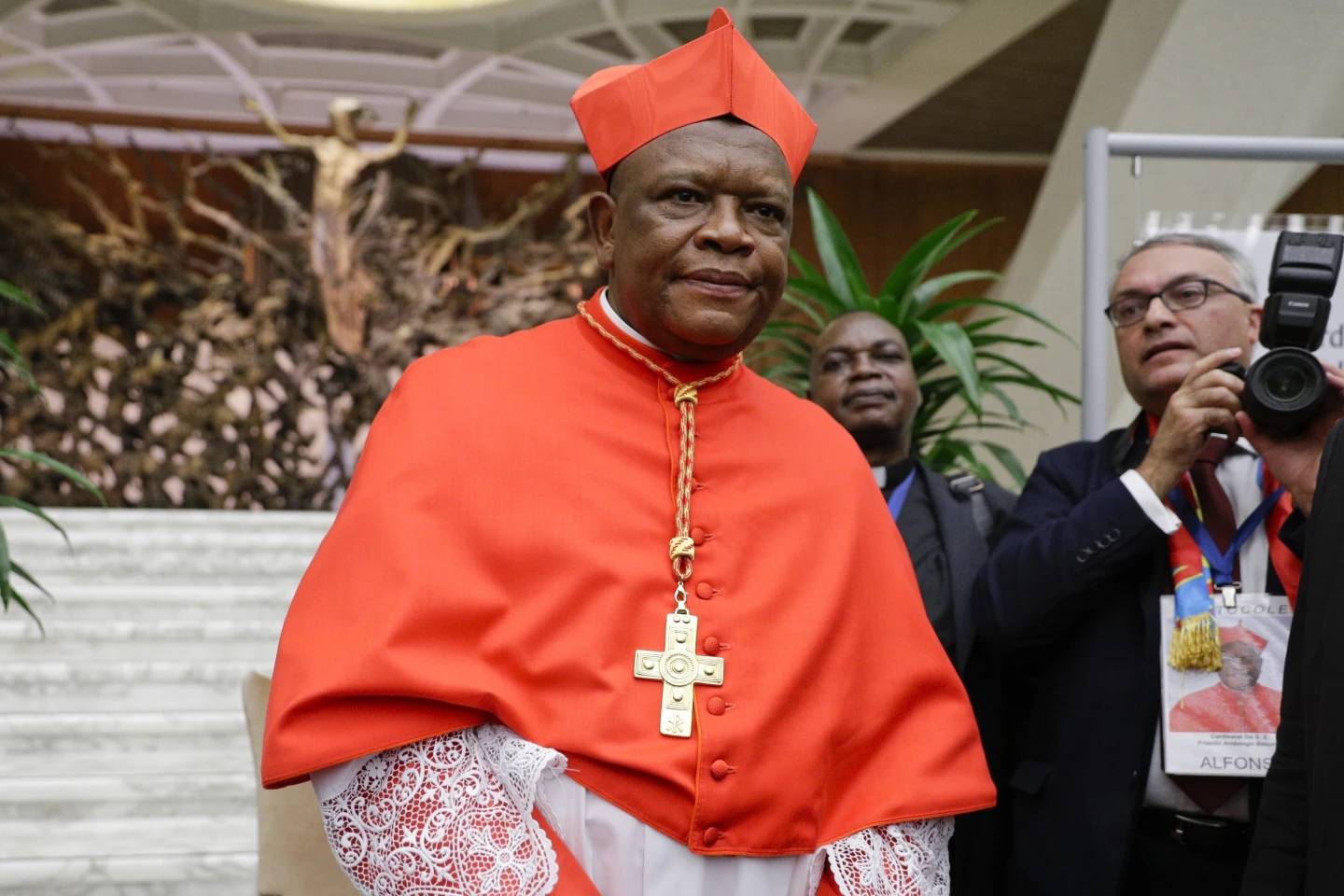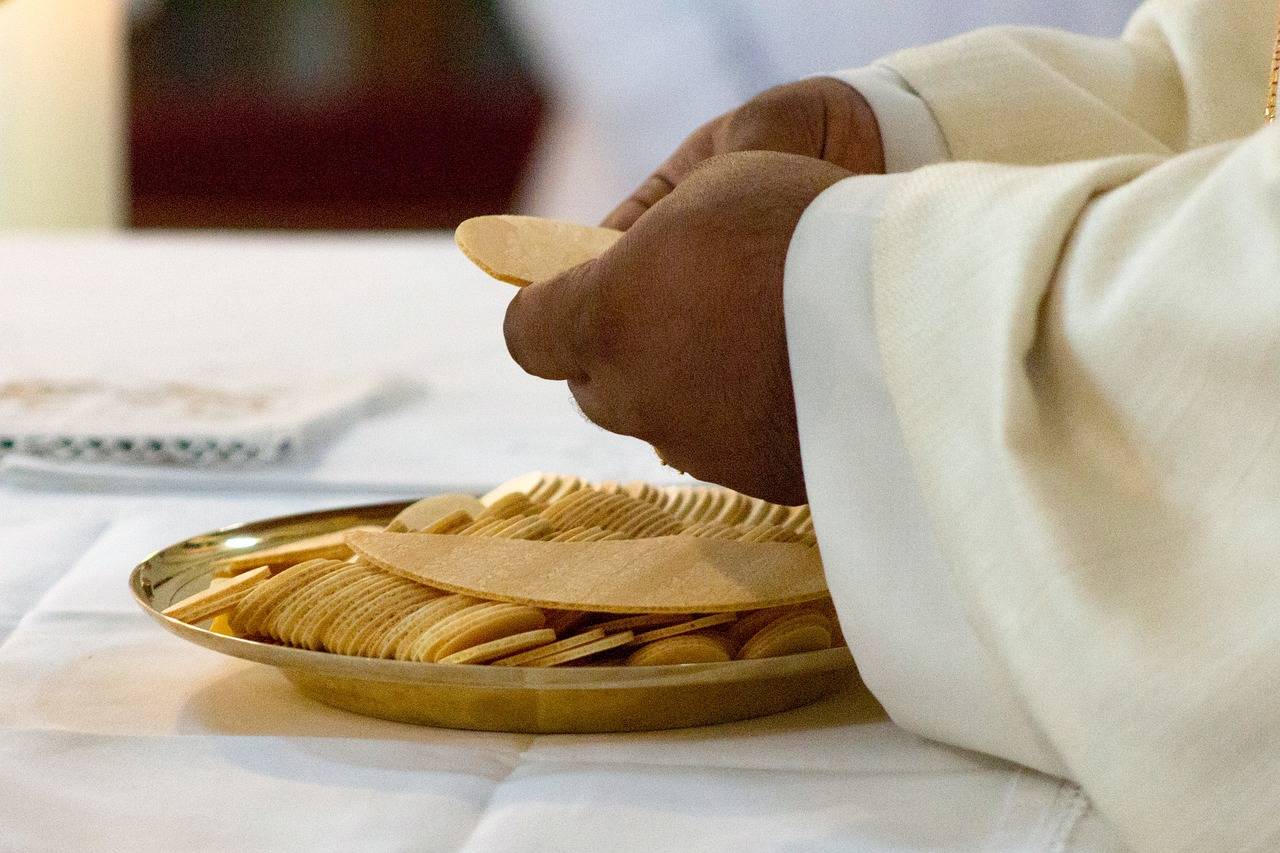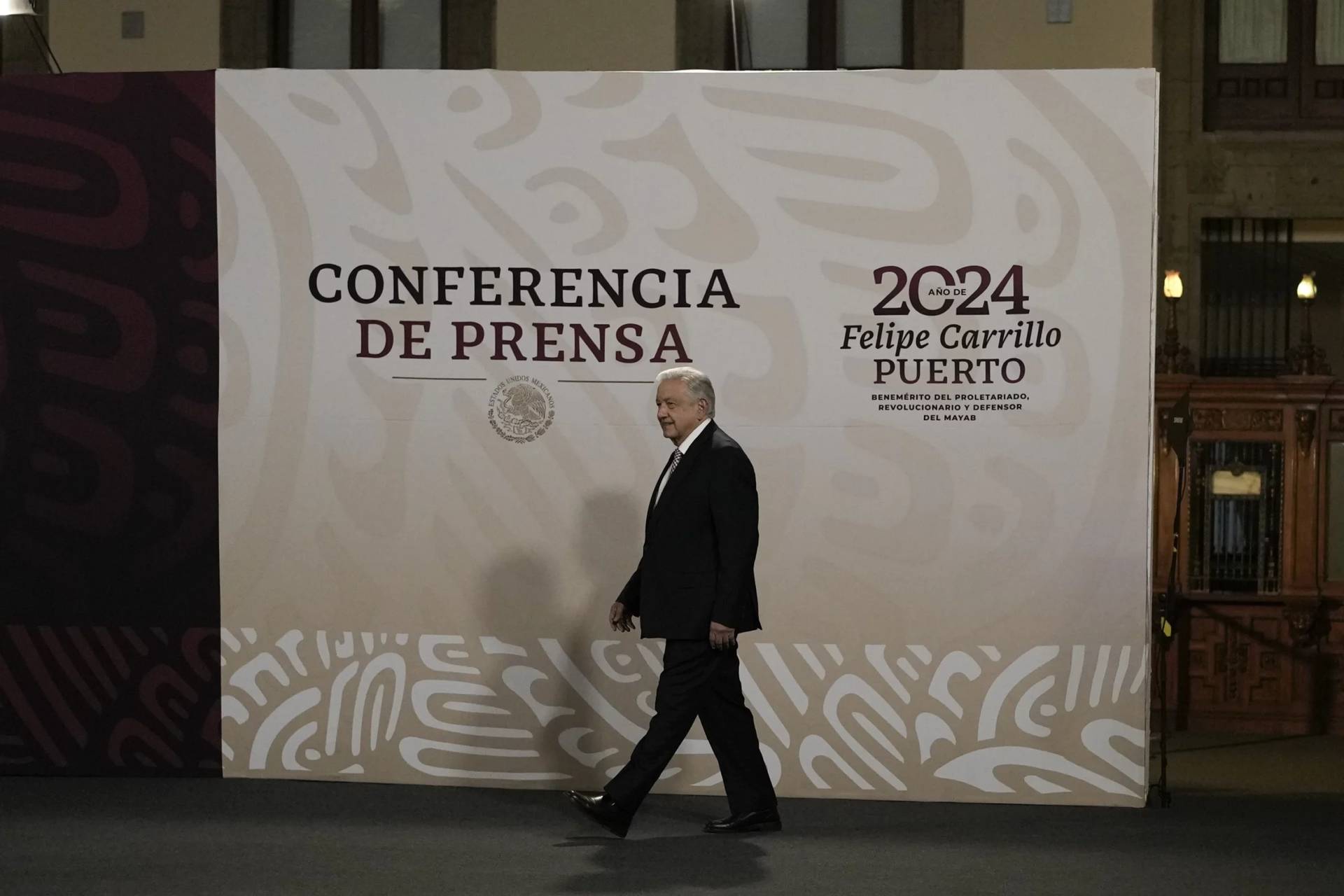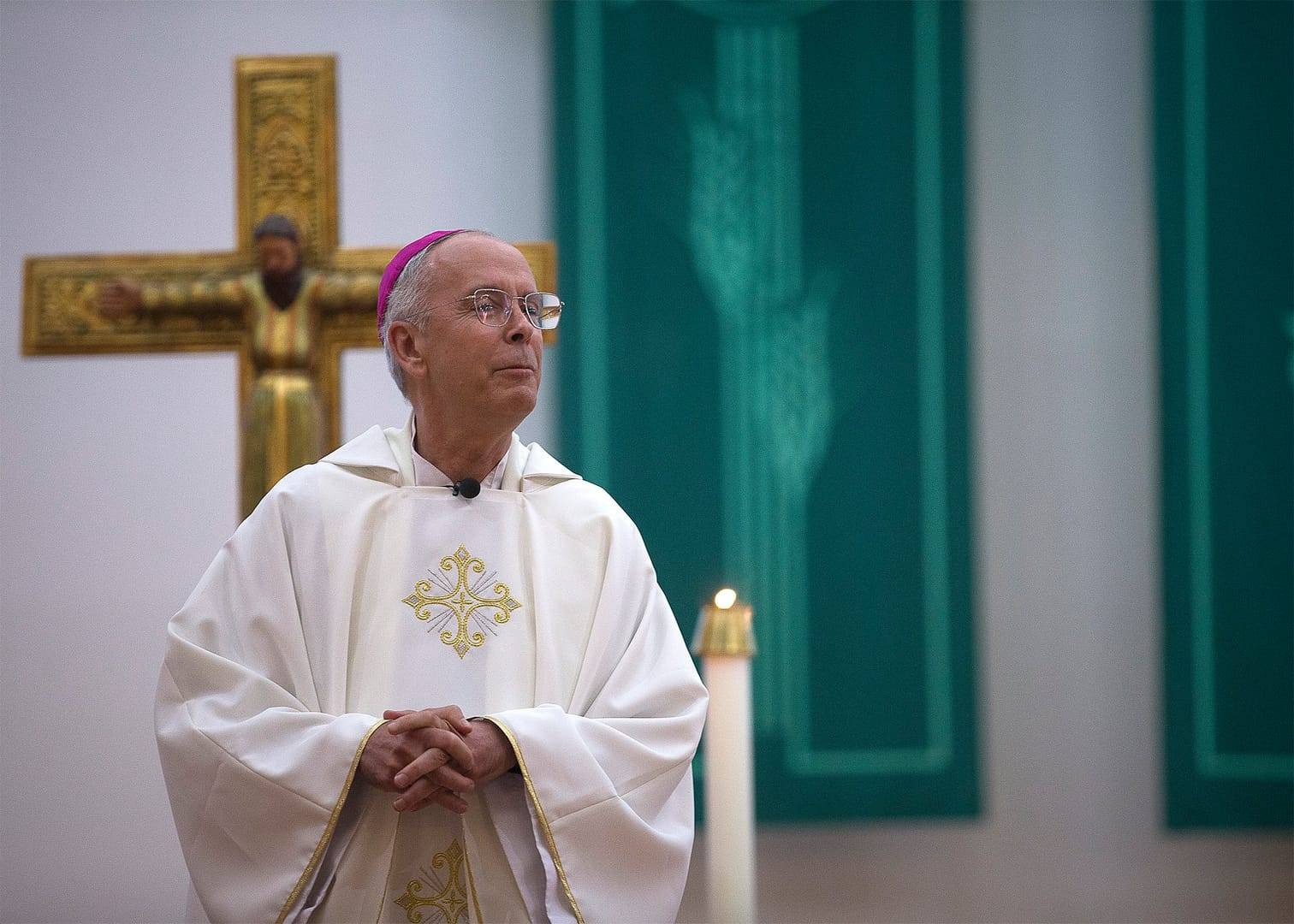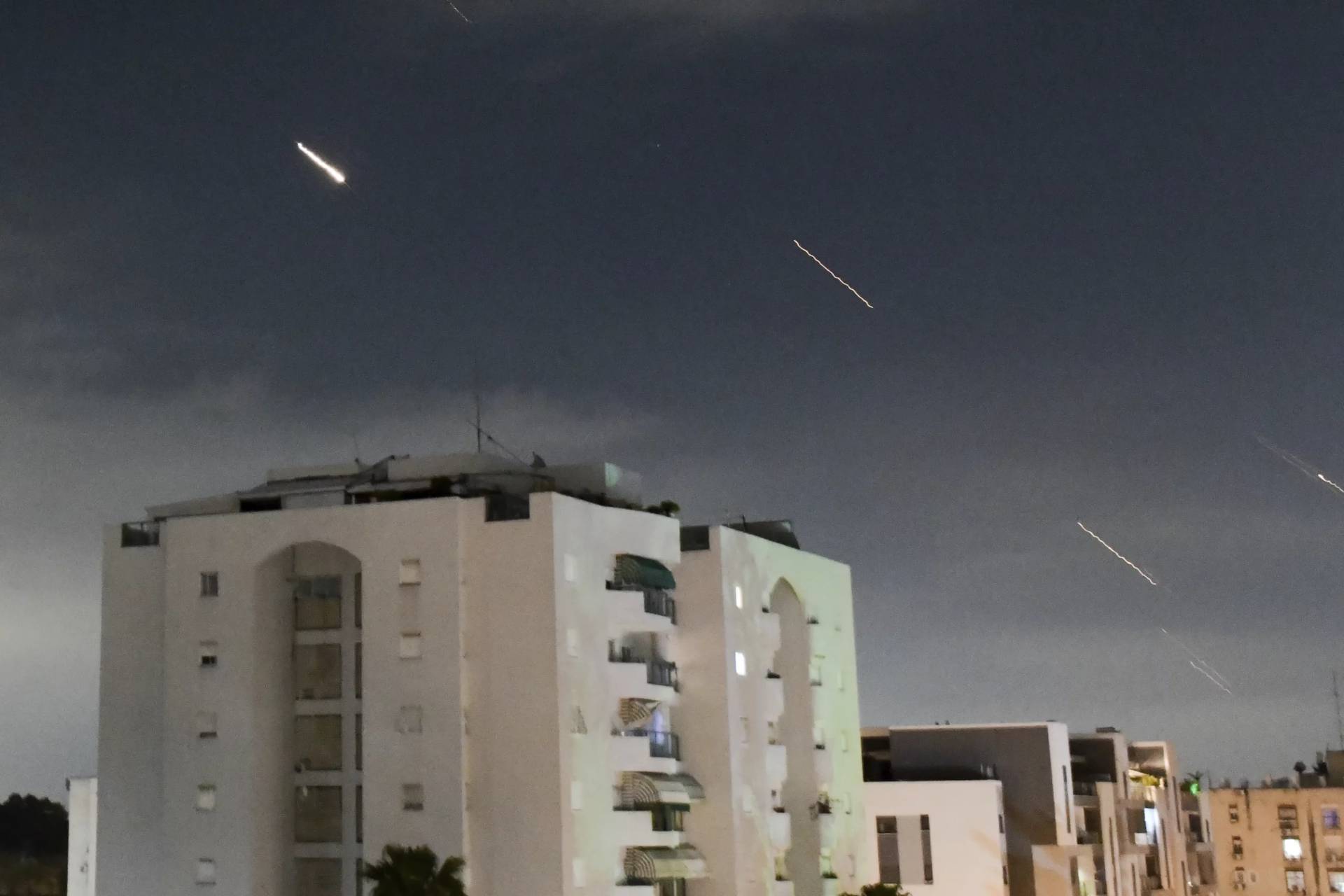PHOENIX, Arizona — The church needs to look beyond ordained clergy for leadership, said Marianist Father James Heft during an address at the annual meeting of the Conference of Major Superiors of Men in Phoenix in early August.
“Early on in the life of the church, religious life was a lay movement. Beginning in the third century, the desert fathers were typically not ordained, and a century later when monastic communities began to form, they remained a largely lay movement,” Heft said.
“By the time active religious orders arrived on the scene in the 12th and 13th centuries, the vast majority of their members were ordained. If there were any brothers, they were to serve the priests,” he said on August 3.
Heft is the Alton Brooks professor of religion and president of the Institute for Advanced Catholic Studies at the University of Southern California. He founded the institute in 2006. Before that, he was at the Marianist-run University of Dayton in Ohio, first as chair of the theology department, then senior vice president and university provost and finally chancellor.
Author or editor of 11 books and numerous articles, he is now working on a book on the mission of Catholic colleges and universities.
“In our order the priests are ordained to serve first the brothers with whom they live, and then with them others through various ministries,” he said in opening his address. “As one of our priests often remarked, ‘I am a brother who happens to be ordained.’ Brothers are not there to serve the priests, except through the mutual responsibilities that characterize any group that aspires to be a real community.”
“Our common life and the three vows, plus a special vow that dedicates us to Mary, constitute our identity,” Heft noted.
“At the time of the Reformation, what Protestants opposed, Catholics emphasized — some might say exaggerated. The Protestants emphasized the priesthood of all the faithful and the Catholics, in response, the ordained priesthood,” he explained in the main part of his address. “The Protestants put great emphasis on the study of the word of God and preaching while the Catholics emphasized the sacraments, most of which are celebrated only by priests. Most Protestant churches abolished religious life; the Catholics made it a higher calling than marriage.
“The cumulative effect of these historical changes for the Catholic Church increased the authority of the hierarchy, put priests and religious above laypeople, and led bishops to value priests more than lay religious.”
Heft said, “Orders that have both male and female branches — as the Marianists do — benefit from the interactions that take place in shared ministries and between men and women of the same spiritual family, especially in recent years. If brothers tend to be allergic to clericalism, most women religious are especially allergic to it, having experienced it so frequently.”
He asked aloud, “What then is the distinctive call of the lay male religious, who at receptions and cocktail parties are often asked why they didn’t go ‘all the way’ and become priests? If it ever becomes possible for women to be ordained, then sisters who choose not to be ordained will be asked the same question. To put it bluntly, the non-ordained brother is still without a place.”
Heft said, “I know of few bishops who promote religious life with the same energy that they promote the ordained priesthood.”
In Africa and India, of late a fertile field for vocations, “nearly all our young Marianist brothers want to be priests. For us Marianists, this situation constitutes a big threat,” he added. “When priests outnumber the brothers, when being ‘just a brother’ has little appeal, we Marianists have lost, I fear, one of the most important elements of our charism.”
Heft acknowledged efforts to right the situation, even when they are lacking.
“Vatican II tried to correct this by emphasizing the collegiality of bishops — decentralize episcopal authority — and placing the call to holiness not first with religious vows or the priesthood, but with baptism,” he explained. “They drew attention to the ‘sensus fidelium,’ which in essence says that the hierarchy needs to pay attention to all the faithful when they discern the faith and formulate doctrine,” he said.
Of a 2015 document from the Vatican Congregation for Institutes of Consecrated Life and Societies of Apostolic Life called “Identity and Mission of the Religious Brother,” Heft said, “Much of what it says about religious brothers could also be said about religious priests, even diocesan priests. Hence, there is not enough in it that is distinctively applicable only to the religious brother.”
A second document, issued last year by the Congregation for the Doctrine of the Faith, called “Iuvenescit Ecclesia” (“A Rejuvenated Church”), on the relationship between the hierarchy and lay-led movements in the church, spoke of the role of Mary as a model for religious men and women.
“She is described as a model of ‘complete docility,’ ‘fully obedient,’ (but) there are other qualities not mentioned that are also important and biblically based,” Heft said. “Pope Francis wrote in describing the ‘Marian Style of Evangelization,’ Mary praised God for ‘bringing down the mighty from their thrones’ — perhaps this Mary too would oppose clericalism — and for ‘sending the rich away empty’; perhaps she can help us foster a more robust understanding of Catholic social teaching.”







